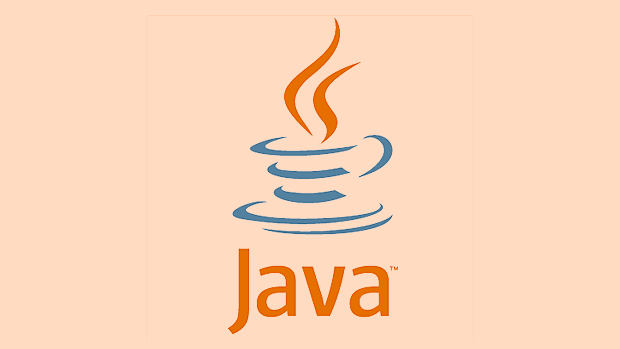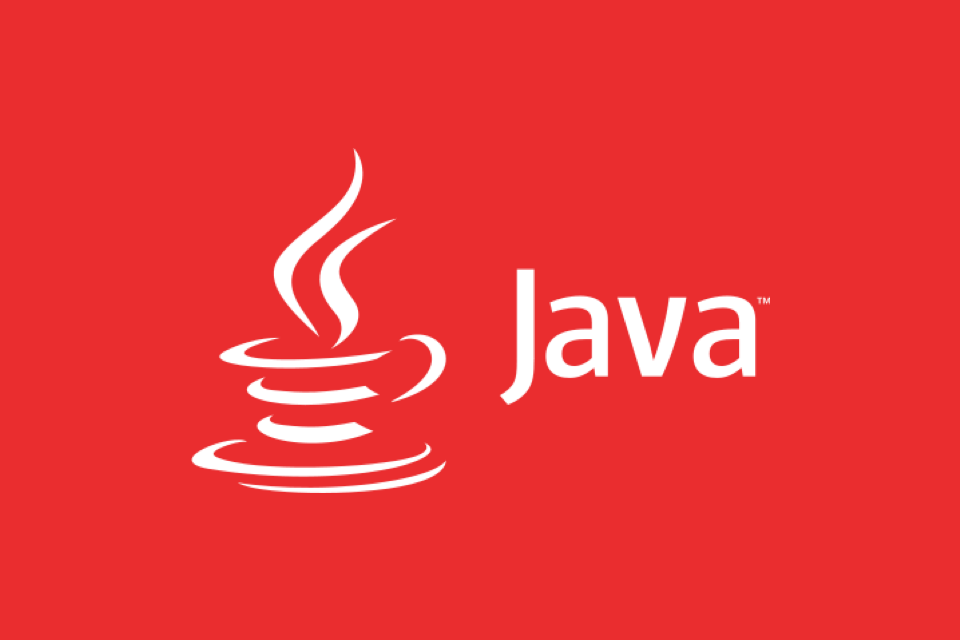The factory pattern is to encapsulate object creation logic through a factory class, so that the caller does not need to care about the specific implementation class. 1. Define the unified behavior specification of interface Shape; 2. Create Circle and Rectangle implementation classes; 3. Write ShapeFactory factory class to return different instances according to parameters; 4. Use the factory class to obtain objects and call methods. This mode is suitable for scenarios where object creation is complex, the type is often changed, or the principle of opening and closing is required. It can effectively decouple the caller and specific classes and reduce maintenance costs.

Factory Design Patterns are very common in Java, especially in scenarios where decoupling object creation logic is required. It is responsible for creating different types of objects through a separate factory class, so that the caller does not need to care about the specific implementation class, but only needs to pass in parameters to get the corresponding instance.

What is the factory model?
Simply put, the factory pattern is to encapsulate the object creation process into a factory class . The advantage of this is: when you want to add new types or modify the creation method in the future, you do not need to change the call code, you just need to change the factory class.
For example, if you have an interface Shape , there are multiple implementation classes such as Circle and Rectangle . If you want to return different graphic objects according to different inputs, you can use factory mode.

Use interfaces to define behavior
First we define an interface to represent the type of object we want to create:
public interface Shape {
void draw();
}Then write a few implementation classes:

public class Circle implements Shape {
@Override
public void draw() {
System.out.println("Draw Circle");
}
}
public class Rectangle implements Shape {
@Override
public void draw() {
System.out.println("Draw Rectangle");
}
}This step is the basis, and the purpose is to unify the behavioral norms of the object.
Create a factory class
Next, we write a factory class to decide which object to create based on the input:
public class ShapeFactory {
public Shape getShape(String shapeType) {
if (shapeType == null || shapeType.isEmpty()) {
return null;
}
if (shapeType.equalsIgnoreCase("CIRCLE")) {
return new Circle();
} else if (shapeType.equalsIgnoreCase("RECTANGLE")) {
return new Rectangle();
}
return null;
}
}This factory class is very simple. It is a method that receives string parameters and returns the corresponding instance after judgment. You can expand more types according to your needs, or you can replace strings with enums to improve readability and security.
How to use factory classes?
It's also very intuitive to use:
public class FactoryPatternDemo {
public static void main(String[] args) {
ShapeFactory shapeFactory = new ShapeFactory();
// Get the Circle object and call the method Shape shape1 = shapeFactory.getShape("CIRCLE");
shape1.draw();
// Get the Rectangle object and call the method Shape shape2 = shapeFactory.getShape("RECTANGLE");
shape2.draw();
}
}The result of the operation will be:
Draw Circle Draw Rectangle
This is a complete example. As you can see, the caller does not need to know the specific class name at all. He just needs to tell the factory "What I want" to get the available objects.
Several situations where factory model is applicable
- The object creation logic is quite complicated and I don't want users to understand the details
- The types of objects in the system may change or expand frequently
- Hope to be closed for modification and open for extension (open and close principle)
If you just simply create an object, there is actually no need to use factory mode. But if multiple types, configurations, conditional judgments, etc. are involved, it is worth considering introducing them.
Basically that's it. Although the factory model is not complex in structure, it is very practical, especially suitable for early-stage architectural design. If used well, it can greatly reduce the cost of later maintenance.
The above is the detailed content of Factory design pattern in Java example. For more information, please follow other related articles on the PHP Chinese website!

Hot AI Tools

Undress AI Tool
Undress images for free

Undresser.AI Undress
AI-powered app for creating realistic nude photos

AI Clothes Remover
Online AI tool for removing clothes from photos.

Clothoff.io
AI clothes remover

Video Face Swap
Swap faces in any video effortlessly with our completely free AI face swap tool!

Hot Article

Hot Tools

Notepad++7.3.1
Easy-to-use and free code editor

SublimeText3 Chinese version
Chinese version, very easy to use

Zend Studio 13.0.1
Powerful PHP integrated development environment

Dreamweaver CS6
Visual web development tools

SublimeText3 Mac version
God-level code editing software (SublimeText3)

Hot Topics
 Difference between HashMap and Hashtable?
Jun 24, 2025 pm 09:41 PM
Difference between HashMap and Hashtable?
Jun 24, 2025 pm 09:41 PM
The difference between HashMap and Hashtable is mainly reflected in thread safety, null value support and performance. 1. In terms of thread safety, Hashtable is thread-safe, and its methods are mostly synchronous methods, while HashMap does not perform synchronization processing, which is not thread-safe; 2. In terms of null value support, HashMap allows one null key and multiple null values, while Hashtable does not allow null keys or values, otherwise a NullPointerException will be thrown; 3. In terms of performance, HashMap is more efficient because there is no synchronization mechanism, and Hashtable has a low locking performance for each operation. It is recommended to use ConcurrentHashMap instead.
 Why do we need wrapper classes?
Jun 28, 2025 am 01:01 AM
Why do we need wrapper classes?
Jun 28, 2025 am 01:01 AM
Java uses wrapper classes because basic data types cannot directly participate in object-oriented operations, and object forms are often required in actual needs; 1. Collection classes can only store objects, such as Lists use automatic boxing to store numerical values; 2. Generics do not support basic types, and packaging classes must be used as type parameters; 3. Packaging classes can represent null values ??to distinguish unset or missing data; 4. Packaging classes provide practical methods such as string conversion to facilitate data parsing and processing, so in scenarios where these characteristics are needed, packaging classes are indispensable.
 What are static methods in interfaces?
Jun 24, 2025 pm 10:57 PM
What are static methods in interfaces?
Jun 24, 2025 pm 10:57 PM
StaticmethodsininterfaceswereintroducedinJava8toallowutilityfunctionswithintheinterfaceitself.BeforeJava8,suchfunctionsrequiredseparatehelperclasses,leadingtodisorganizedcode.Now,staticmethodsprovidethreekeybenefits:1)theyenableutilitymethodsdirectly
 How does JIT compiler optimize code?
Jun 24, 2025 pm 10:45 PM
How does JIT compiler optimize code?
Jun 24, 2025 pm 10:45 PM
The JIT compiler optimizes code through four methods: method inline, hot spot detection and compilation, type speculation and devirtualization, and redundant operation elimination. 1. Method inline reduces call overhead and inserts frequently called small methods directly into the call; 2. Hot spot detection and high-frequency code execution and centrally optimize it to save resources; 3. Type speculation collects runtime type information to achieve devirtualization calls, improving efficiency; 4. Redundant operations eliminate useless calculations and inspections based on operational data deletion, enhancing performance.
 What is an instance initializer block?
Jun 25, 2025 pm 12:21 PM
What is an instance initializer block?
Jun 25, 2025 pm 12:21 PM
Instance initialization blocks are used in Java to run initialization logic when creating objects, which are executed before the constructor. It is suitable for scenarios where multiple constructors share initialization code, complex field initialization, or anonymous class initialization scenarios. Unlike static initialization blocks, it is executed every time it is instantiated, while static initialization blocks only run once when the class is loaded.
 What is the Factory pattern?
Jun 24, 2025 pm 11:29 PM
What is the Factory pattern?
Jun 24, 2025 pm 11:29 PM
Factory mode is used to encapsulate object creation logic, making the code more flexible, easy to maintain, and loosely coupled. The core answer is: by centrally managing object creation logic, hiding implementation details, and supporting the creation of multiple related objects. The specific description is as follows: the factory mode handes object creation to a special factory class or method for processing, avoiding the use of newClass() directly; it is suitable for scenarios where multiple types of related objects are created, creation logic may change, and implementation details need to be hidden; for example, in the payment processor, Stripe, PayPal and other instances are created through factories; its implementation includes the object returned by the factory class based on input parameters, and all objects realize a common interface; common variants include simple factories, factory methods and abstract factories, which are suitable for different complexities.
 What is the `final` keyword for variables?
Jun 24, 2025 pm 07:29 PM
What is the `final` keyword for variables?
Jun 24, 2025 pm 07:29 PM
InJava,thefinalkeywordpreventsavariable’svaluefrombeingchangedafterassignment,butitsbehaviordiffersforprimitivesandobjectreferences.Forprimitivevariables,finalmakesthevalueconstant,asinfinalintMAX_SPEED=100;wherereassignmentcausesanerror.Forobjectref
 What is type casting?
Jun 24, 2025 pm 11:09 PM
What is type casting?
Jun 24, 2025 pm 11:09 PM
There are two types of conversion: implicit and explicit. 1. Implicit conversion occurs automatically, such as converting int to double; 2. Explicit conversion requires manual operation, such as using (int)myDouble. A case where type conversion is required includes processing user input, mathematical operations, or passing different types of values ??between functions. Issues that need to be noted are: turning floating-point numbers into integers will truncate the fractional part, turning large types into small types may lead to data loss, and some languages ??do not allow direct conversion of specific types. A proper understanding of language conversion rules helps avoid errors.






